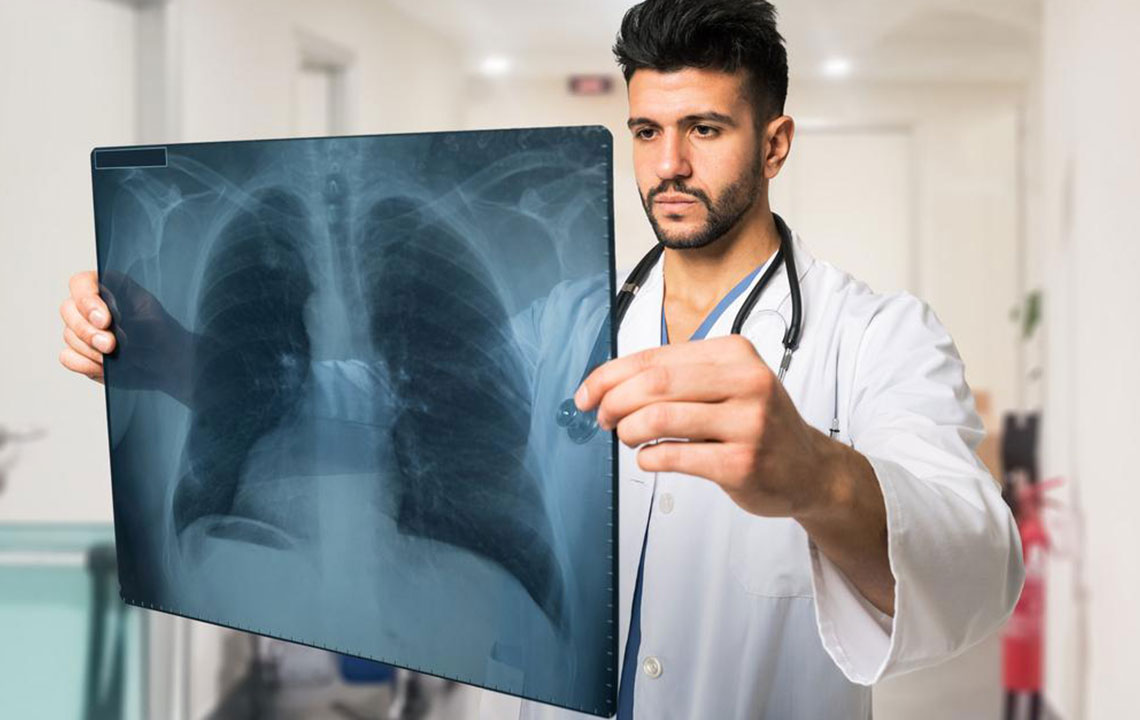Essential Insights into Pulmonary Fibrosis
Pulmonary fibrosis involves lung tissue scarring that hampers breathing and oxygen transfer. Symptoms include dry cough, shortness of breath, fatigue, and chest discomfort. Diagnosis employs imaging and lung function tests, with treatment options like medications and oxygen therapy. Early detection is vital for management, though there is no definitive cure. Understanding causes, symptoms, and diagnostic procedures helps patients seek timely medical attention and improve quality of life.

Understanding Pulmonary Fibrosis: What You Need to Know
Understanding Pulmonary Fibrosis
Pulmonary fibrosis involves scarring of the lung tissue, impairing normal breathing. The condition results in stiff lungs that struggle to expand, reducing oxygen intake. This thickening of lung walls hampers oxygen transfer into the bloodstream, causing symptoms like breathlessness and fatigue. The disease affects the delicate alveolar network responsible for gas exchange, leading to serious respiratory issues. Although there's no definitive cure, identifying the underlying cause can sometimes help manage the disease effectively. Pulmonary fibrosis is non-infectious and not cancerous.
The disease impacts the lung's air sacs, disrupting normal function.
Causes vary; sometimes, the origin remains unknown. In other cases, causes include prolonged dust exposure, genetic mutations, allergies, autoimmune diseases like rheumatoid arthritis, certain medications, occupational hazards, infections, or smoking.
Signs and Symptoms
If you experience symptoms such as persistent dry cough, shortness of breath during activity, fatigue, chest heaviness, or loss of appetite, consult a healthcare provider promptly.
Diagnosis Methods
Diagnosis involves several tests:
X-rays and CT scans reveal lung scarring or abnormalities.
Lung function tests measure breathing capacity and gas exchange.
Lung biopsy may be performed to examine tissue samples for fibrosis.
Management and Treatment
Treatment depends on the cause. For idiopathic cases, lung transplantation may be the last option. Anti-inflammatory medications, including corticosteroids, are sometimes used, but their effectiveness varies. Medications like Pirfenidone and Nintedanib have shown promise in slowing disease progression. Supplemental oxygen can be prescribed to alleviate symptoms and protect organs. Early diagnosis and lifestyle adjustments are key to managing pulmonary fibrosis effectively.
Note: Our platform offers informative content across multiple topics for educational purposes. It is not intended for medical advice. Always consult healthcare professionals for diagnosis and treatment options. The information provided is for general awareness and might not include all available therapies or latest updates.









